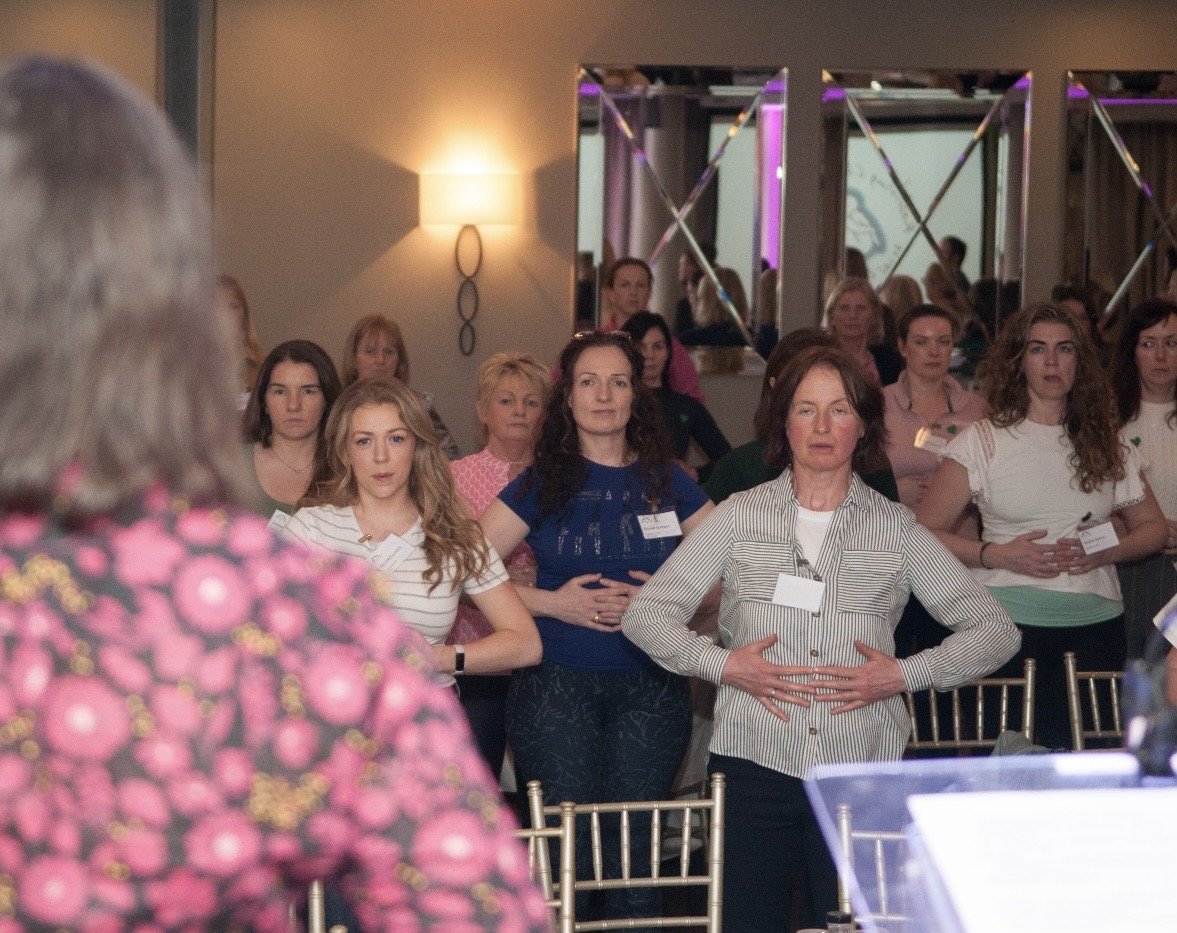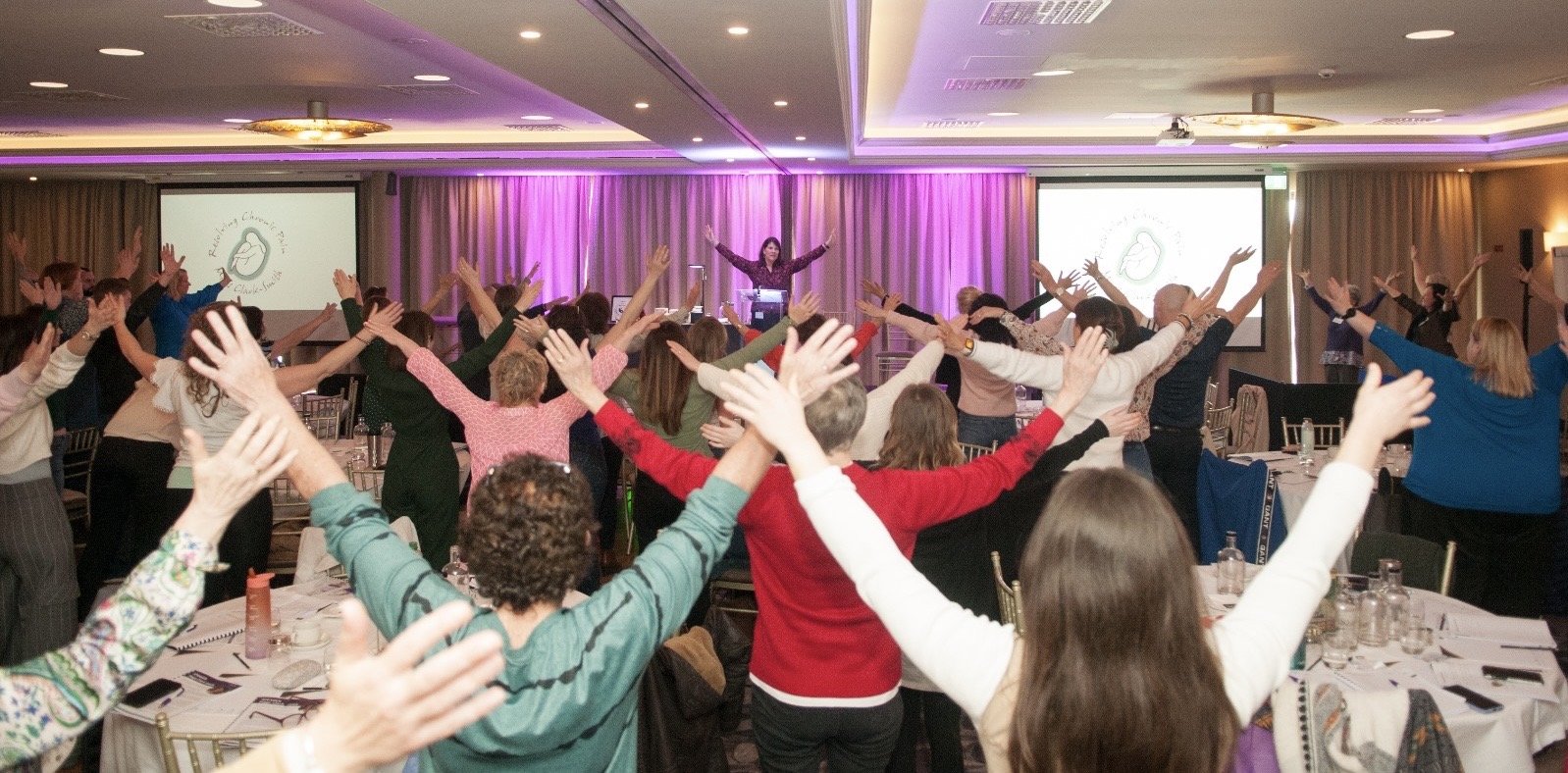Teaching Movement and Empathy
This experiential workshop provides a safe environment in which you will be given the opportunity to explore emotional expression within your own body, using guided movement. You will recognise the depth of understanding and intuitive route to empathy which the bodily response can provide. The information exchange between body and mind can open up a new route to emotional literacy. Attending this workshop will increase your insight and confidence in your own body and heighten your body-awareness and proprioception, these are fundamental steps to developing genuine empathy. Proprioceptors, mainly located in muscles, tendons and joints help us to locate where our body parts are in space and to respond to changes in our surrounding environment. Closing your eyes can challenge your proprioception by focusing on internal signals and strengthening the neural pathways responsible.
What is the connection between empathy and movement?
Empathy is often described as the ability to understand the world from the other person’s point of view, and is associated with deep listening skills and verbal encouragement. Both of these attributes are important, but what if they don't come naturally? What if the idea of ‘being empathic’ makes you feel anxious? Or listening and encouragement doesn’t seem to be enough? Emotions are characterised by bodily feelings, and understanding the bodily feelings of another is central to empathy.
Why does the relationship between empathy and movement matter?
Empathy, the ability to understand another person’s thoughts, feelings and emotions, is central to connection and to a supportive therapeutic relationship. Research suggests a supportive relational approach is essential to a successful outcome in the treatment of psychophysiological disorders (PPD).
Traditional medical training tends to focus on technical and factual learning, and qualified physicians and healthcare providers may not have had the opportunity to develop empathic skills. Additionally, empathy is notoriously hard to teach. One successful approach, however, is to use movement as a means to develop emotional response and empathy.
Tuning into movement and translating bodily expressions of emotion will provide a foundation for empathy. These techniques will help participants to develop their relational presence, body-awareness, somatic tracking skills, non-verbal communication, self-compassion and self confidence in clinical practice.
In a Movement/Empathy workshop, what will you learn?
Greater empathy by increasing body awareness and proprioception - There is always an initial exercise to bring the participants attention to their body. This may be reading a testimonial from a patient, illustrating their experience. Followed by easing into structured exercises that are easy to relate to, using our bones to ground proprioception. This may lead to more flowing movements, introducing the idea that each movement has a different quality, with an opportunity to notice weight, pace and flow.
Recognition of different ways of translating emotional sensations within the body - sometimes the body is regarded as a vehicle to be finely tuned through exercise, a vehicle to transport one's head. Here is an opportunity to notice the body as a site of information. Drawing attention to minute sensations within the body that can take several different forms, the objective is to create access to these feelings. A second step is to give expression to what has been noticed, (a translation of sorts) this may involve speech, writing and or art.
Experiential methods to create a kinaesthetic sense of safety and mind-body connection - learning through movement to experience what movement and posture feels safe.
Subtle phenomenological shifts within the body - introducing the idea of the body keeping the score. These associations are related to lived experience and expectation. Just as some smells evoke fear, fondness, elation, one might say they are embodied.
Refined somatic understanding that might include affective attunement, compassion and relational skills to develop a successful empathetic clinical approach - the opportunity to take on a caring role, to be trusted by a partner, as a witness or observer of their movement. The subsequent discussions/feedback allow for recognition of the knowing in the body that develops in action, which is influenced by many sources. Trust and empathy are key components of relational healing.
Experiential movement based learning can build a confident empathetic clinical approach.



Images from movement presentation with healthcare providers in Athlone, Ireland
Quotes from participants of Transitions and Transformations Workshop
Movement & Resolving Chronic Pain Saturday 29th September 2024
Mill Valley, San Francisco, USA
“Thank you again for coming all this way and for leading such a beautiful movement class.”
“What an honor to be able to participate in person with Mags. She is truly an expert in her field. She has such elegance and grace as she guides you through a series of movements. Truly impacting how you feel and show up in the world”
“Mags blended the ideals of posture, movement, and interpersonal trust – culminating in a creative artistic expression of the experience. It was an innovative and integrative mind and body experience – and it was interpersonally bonding, empowering and fun!”
“Your movement session was truly amazing it was so beautiful to connect to my body in a purposeful, energizing, supportive, and patient way. You have translated the art of movement into an inspirational, authentic healing strategy that allows the clinician and the patient to feel empowered, capable, and trusting of our own body and inner strength. With immense gratitude Rachel.”
“Attending Mags Clark-Smith’s somatic movement session at the recent Transitions and Transformations retreat in San Francisco with Dr Lissa Rankin was an incredible experience. Mags created such a safe, nurturing space where we could truly express ourselves and connect with our bodies. Her gentle guidance allowed me to release tension and ground myself in a way that felt deeply healing. It was the perfect way to start a big day of learning and growth. I left the session feeling more present, open, and ready to embrace the transformative journey ahead. I highly recommend Mags’ work!”
“Mags’ movement class is a transformative experience that truly drops you into your body. I found myself moving organically, guided by the wisdom of my body rather than the constraints of my mind. The emotional releases witnessed in other participants were profound, revealing deep connections between movement and healing. Mags calming presence and the safe space she creates allow for authentic expression and release. This class is a sanctuary for anyone seeking to reconnect with themselves”
“I really enjoyed the course stability and awareness exercise that Mags taught. Getting to move with my eyes closed, and reciprocating being a witness, while somebody moved initiated from inside their body felt uplifting. I had not participated in something like this in the past, so I appreciate the calm and peaceful presence of Mags teaching”
“Delighted to meet Mags at Lissa Rankin’s retreat and so grateful for her morning movement session.
I have been an Ananda Yoga and Meditation instructor for many years, currently teaching chair yoga for seniors.
I especially appreciated Mags’ gentle technique of touching the breastbone and pressing in and up to find alignment while softening the knees.
Such a relief for my chronically stiff and achy neck and shoulders. Thank you!”
“Fantastic functional movement class. I loved learning about lining up my knees and proper stacking of the joints. Felt great after the class.”
“Learning to place my fist between my knees in order to ensure that my lower body was aligned prior to doing a simple roll down stretch was powerful and amazing! I was shocked. As a health psychologist who has worked with individuals with chronic pain for years and who has been a member of multidisciplinary teams helping lots of different patient populations, this was not a strategy I had ever learned. I was shocked by how easily I was able to roll down and have my fingers touch the floor without pushing, bouncing, our hyperextending the stretch. The movement felt smooth and easy, and my body felt lighter and more energized after just a small amount of movement. Prior to placing my fist between my knees, when I rolled down forward, my fingertips only reached midway between my knees and feet. With some extra push, bouncing, and hyperextending, I could only reach another inch or two further. Nowhere near where my fingers had easily touched the floor without effort just after ensuring my lower body was aligned by placing my fist between my knees. I have since taught several others this simple strategy.
Thank you for guiding us through the movement session that morning. That was only one small takeaway! I thoroughly enjoyed the entirety of the activity!”
Introduction to structured movement - a simple roll down.
Demonstration of roll down taught by Mags Clark-Smith with Rosanna Davison, Elsa Maishman and Diane Davison
excerpt from Body Centering Pilates DVD.
Demonstration of roll down movement exercise
“Moving is so powerful, when you feel safe and empathetically connected to another person, it really has the potential to reduce pain.”
